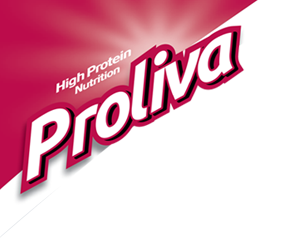-
Cattle feed is often a sum of animal parts – seattlepi.com
25.05.2017Think before you buy imported milk proteins as vegetarian sources!
Or, from chicken feces, poultry feathers, cow blood or other parts of pigs, horses, fish, cattle and just about any animal part unfit for human consumption. In 1997, the Food and Drug Administration — acting to safeguard America’s beef against a disease emerging overseas called mad cow — banned cattle feed from containing most byproducts of cattle, sheep and goats. The prevailing thinking among scientists is the fatal brain-wasting disease — thought to be transmitted to humans who eat tainted beef — can infect cows eating feed contaminated by proteins rendered from diseased cows and possibly other ruminants. “No science at this point tells us that pigs and chickens and horses spread” mad cow disease to cattle that eat parts of such animals, said Dr. Murray Lumpkin, principal associate commissioner of the FDA. Though cows spend much of their lives eating grass and other forages, such as alfalfa and hay, some industry insiders say diets largely changed after World War II — when the bottom dropped out of the grain market. […] prions — the misfolded proteins that some scientists think cause mad cow disease and other transmissible spongiform encephalopathies (TSEs) — have been known to withstand temperatures of 1,000 degrees or more, some studies say. Since the FDA’s 1997 feed ban, cow brains, spinal cords and other central nervous system tissues — cattle parts where prions are typically harbored — are removed, separately rendered and kept out of cattle feed. The new restrictions not only prohibited cow blood meal as an ingredient of calf milk-replacers — a widespread feed source for dairy and veal calves — but also banned chicken and turkey litter from cattle feed, which some ranchers used as a cheap feed protein. Scientists say it’s not clear whether TSE diseases, particularly mad cow disease, can readily cross the “species barrier” in that manner — passing from an infected animal in one species to a different animal that consumes it. Some scientists theorize Britain’s mad cow outbreak in the 1990s occurred when cows ate feed containing parts of sheep and goats infected with scrapie — a prion disease long known to infect those ruminants.
Source: Cattle feed is often a sum of animal parts – seattlepi.com
Latest Blog Post
- Sugary Drinks Linked to a Higher Cancer Risk
- The Latest Research on Protein and Muscle-Building
- 27 Health and Nutrition Tips That Are Actually Evidence-Based
- Tall order: More to good growth in toddlers than just measurements
- Millions of cardiovascular deaths attributed to not eating enough fruits and vegetables

